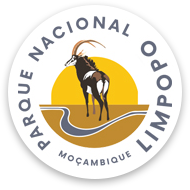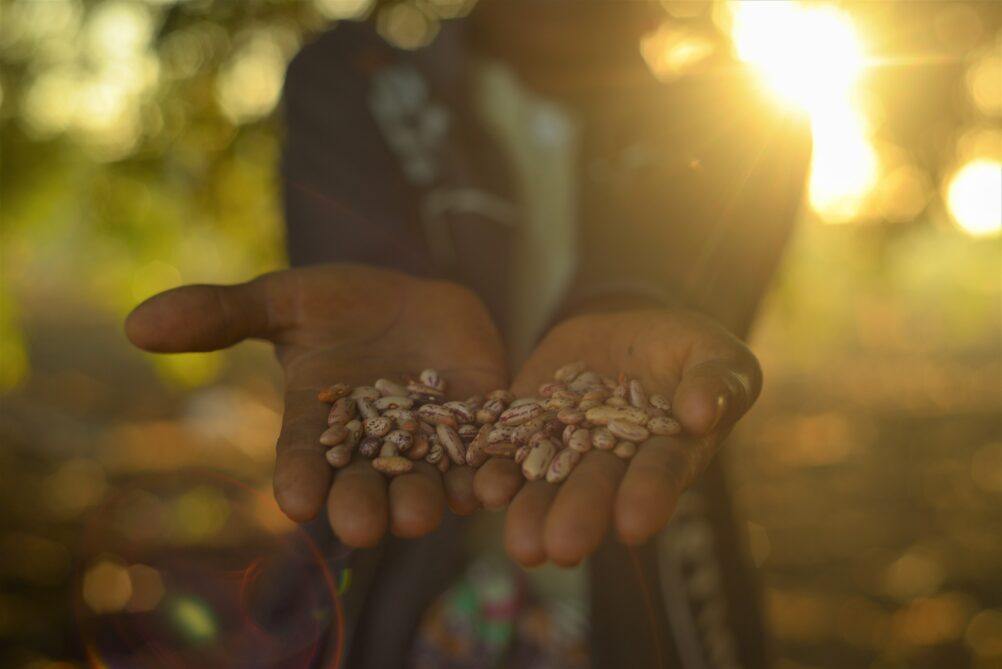Communities living in the area of Limpopo National Park, Mozambique, are set to see significant benefits in livelihood security and opportunities with a €1.5m grant awarded to Peace Parks Foundation by the SADC TFCA Financing Facility, administered by the International Union for Conservation of Nature (IUCN). These funds were provided by the German Federal Ministry of Economic Cooperation and Development (BMZ) through KfW Development Bank. This represents the first grant to be disbursed under the Facility’s First Open Call for Proposal. The overarching objective of this holistic programme is to create opportunities for people and wildlife to safely coexist – not only surviving but thriving.
The SADC TFCA Financing Facility is a regional fund established to support the sustainable development of transfrontier conservation areas in the Southern African Development Community region, with a thematic focus on species, habitat, and people. The Facility has currently allocated over €15 million in grant funding and has a portfolio of 26 projects in the region, at varying stages – from proposal development to implementation phase.
Peace Parks Foundation, as the implementing partner of this programme, works at a transboundary landscape scale, with a fully integrated and financially sustainable approach to conservation and community wellbeing. In a time of great environmental challenges, the programme addresses fundamental steps along a pathway of change that will positively impact these vital areas, contributing to reaching global sustainability goals.
Mozambique is one of the ten poorest countries in the world and amongst Africa’s most vulnerable to climate change, where communities are exposed to the threats of water scarcity and high average annual temperatures. Compounding the challenges, growing populations of wildlife have intensified competition for land and other natural resources, which has increased instances of human-wildlife conflict. Marginal livelihoods in the vicinity of Limpopo National Park are largely constrained to subsistence agriculture and livestock farming.
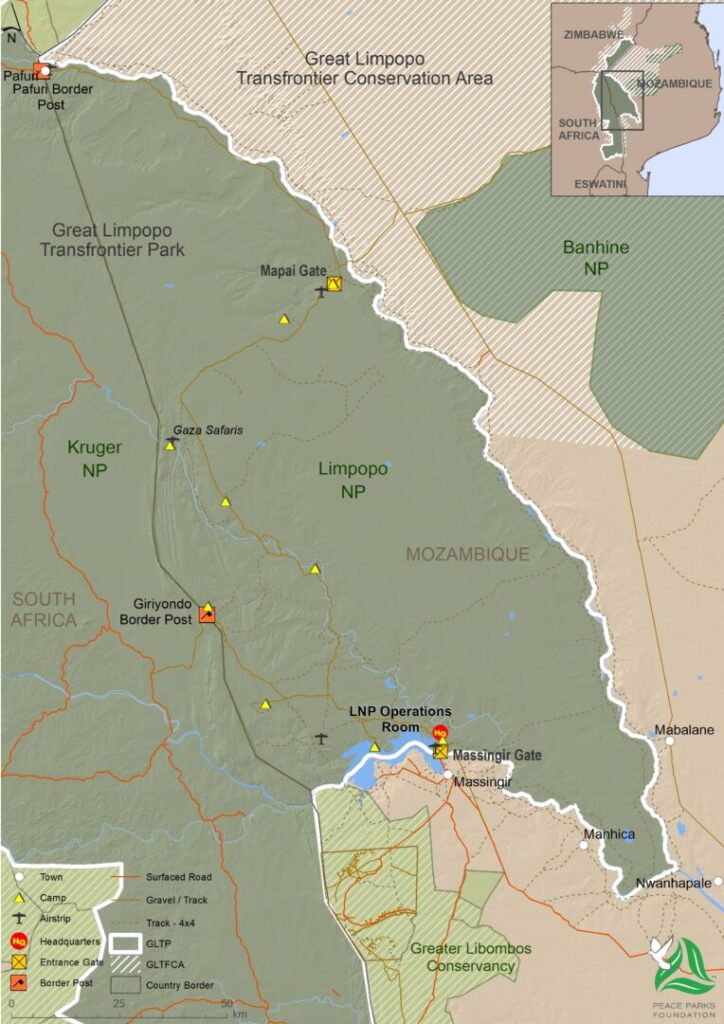
Working in partnership with the National Administration for Conservation Areas (ANAC), Peace Parks Foundation has been assisting the Government of Mozambique since 2001 to develop the park, which forms part of a vital wildlife corridor flowing through the Great Limpopo Transfrontier Conservation Area. Through a consultative process, the park has been empowering communities living in the buffer zone, with access to productive land use practices and livelihood projects, and the benefits of improved infrastructure and basic services such as water and sanitation. A co-management agreement between Peace Parks Foundation and ANAC will see shared responsibility of implementing long-term sustainable plans.
This Livelihoods Improvement Programme is a three-year investment in tangible measures to strengthen sustainability and support conservation, development and management actions through several key components.
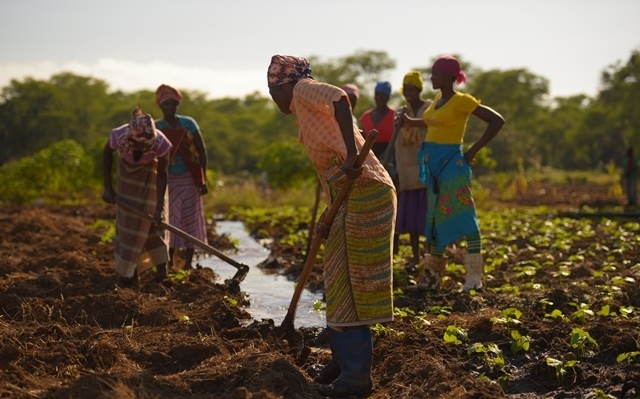
Resource-efficient agriculture is introducing an environmentally sustainable way of farming and reducing landscape degradation. Currently, the park has established 23 community irrigation schemes benefiting over 8,000 community members. Irrigation schemes are to be upgraded in seven communities, from the provision of improved pumps and pipes to seeds, and refresher training. Significant food security and income generation benefits result as water and land use efficiencies grow, due to more drought-resistant, sustainable crops with better nutrition potential and higher market value.
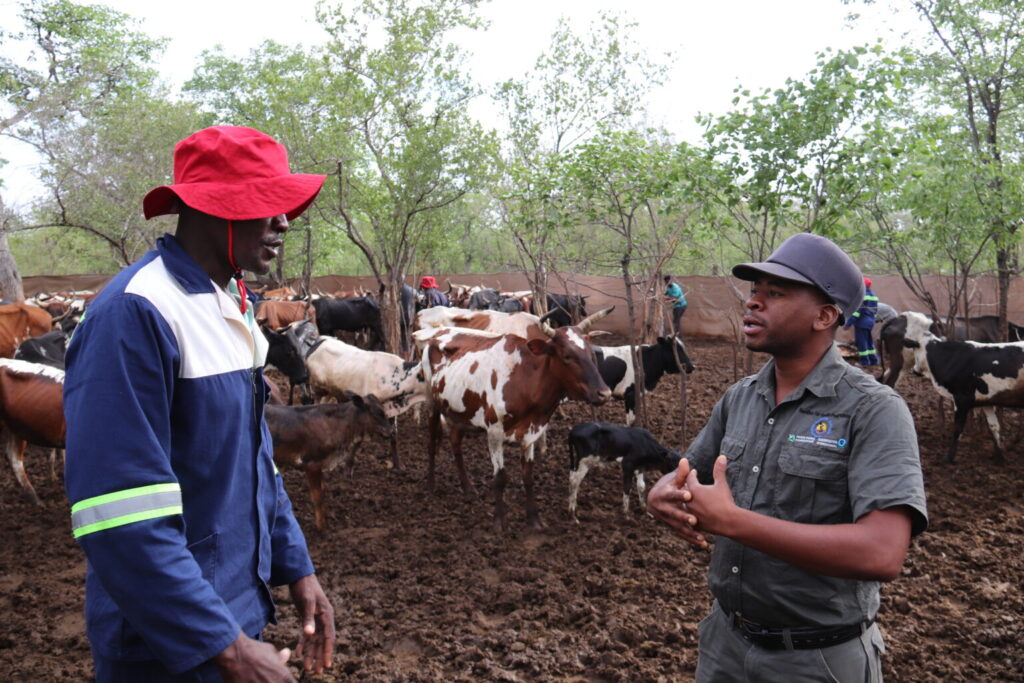
The wildlife-friendly livestock management programme, Herding 4 Health, implemented in partnership with Conservation International, is receiving additional infrastructure and operational support building on its existing and wide-ranging operational successes. The programme has already been effective in preventing conflict between livestock and predators within the park, being part of the positive monthly impacts already being felt as more farmers and cattle join the initiative – unlocking livestock value in underserved communities to enhancing conservation development in the targeted areas. The programme currently enables the management and improved health of over 12,000 livestock in the park landscape and aims to expand the programme into the park buffer zone and to newly designated community grazing land areas.
In collaboration with the Southern African Wildlife College, capacity-building projects will be implemented for the park’s community development team focusing on ten Natural Resource Management Committees, in addition to essential refresher training, to elevate park management practices. Developing capacity amongst community engagement teams focuses training impact on strengthening governance structures and creating human rights awareness, with the associated benefits of improving community involvement and ownership.
